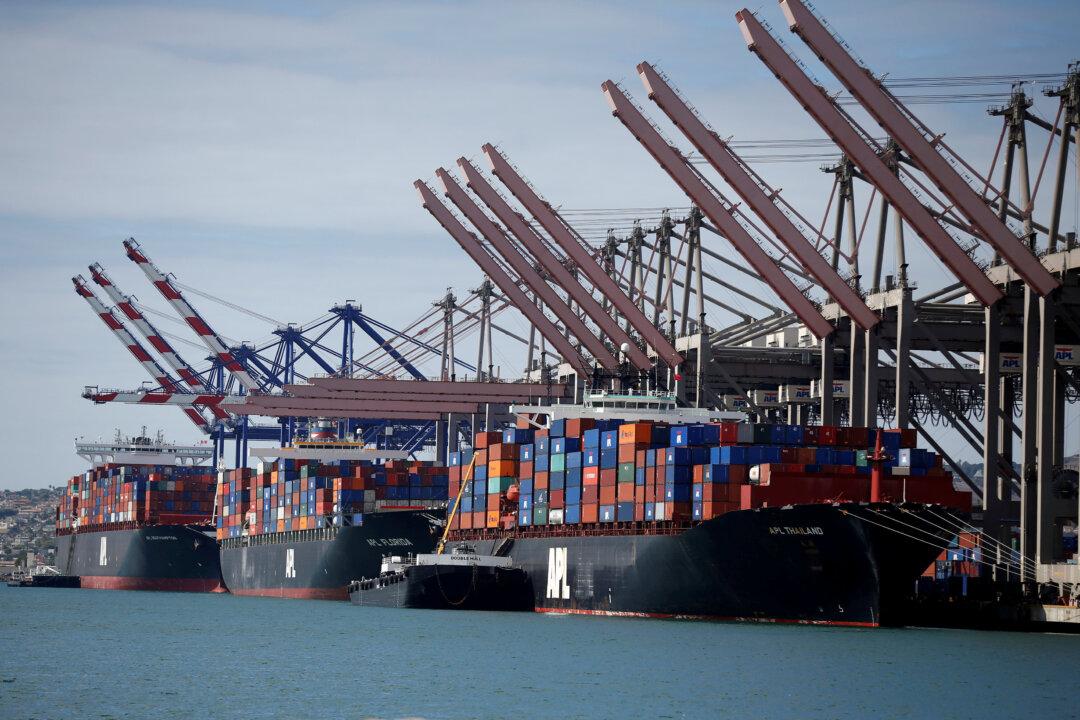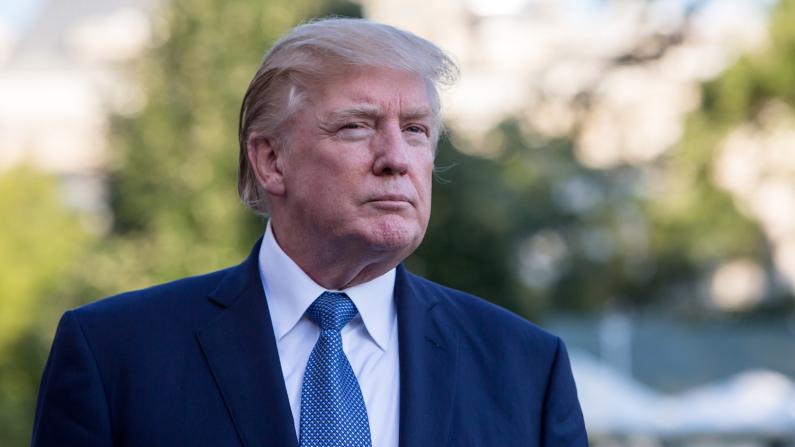President Donald Trump’s $1.5 trillion plan to rebuild infrastructure in the United States is grand in ambition, bold on reform, but going nowhere at present. The cold shoulder it has received from Congress reflects disagreement among Republicans about how to pay for the initiative and Democrats’ insistence that the federal share of funding increase by 400 percent.
Predictable as these politics are, the president’s 55-page legislative outline released in February is distinctive for three reasons: First, it proposes that states and the private sector assume more responsibility for funding infrastructure projects; second, it authorizes states to commercialize infrastructure; and third, it details dozens of regulatory reforms to streamline the nation’s convoluted regime for issuing permits and licenses.
Rebuilding crumbling infrastructure has long ranked high on Trump’s list of priorities. In a Message to Congress on Feb. 12, he said current conditions “damage our country’s competitiveness and our citizens’ quality of life.” The White House is also promoting the initiative as part of its wider economic agenda; the White House Council of Economic Advisers (CEA) estimates an infrastructure splurge would increase gross domestic product by tens of billions of dollars annually.
Political Block
However, federal data does not support the notion that the U.S. is suffering an infrastructure crisis, although there is a hefty backlog of needed repairs to roads, bridges, airports, railways, and ports.Diane Katz is a senior research fellow in regulatory policy at The Heritage Foundation and a guest expert at Geopolitical Intelligence Services. This article was originally published by GIS Reports Online.
Author’s Selected Articles


